Frozen seafood quality reduced due to long power outages
In recent days, due to the impact of storm No. 10, prolonged power outages in many areas have caused frozen seafood facilities to be unable to maintain normal operation, resulting in reduced product quality.
Many facilities cannot maintain normal production lines.
In the coastal areas of Nghe An, where many seafood processing facilities are concentrated, the freezing system plays a key role. This is an important step to preserve raw materials and finished products, serving domestic consumption as well as export.
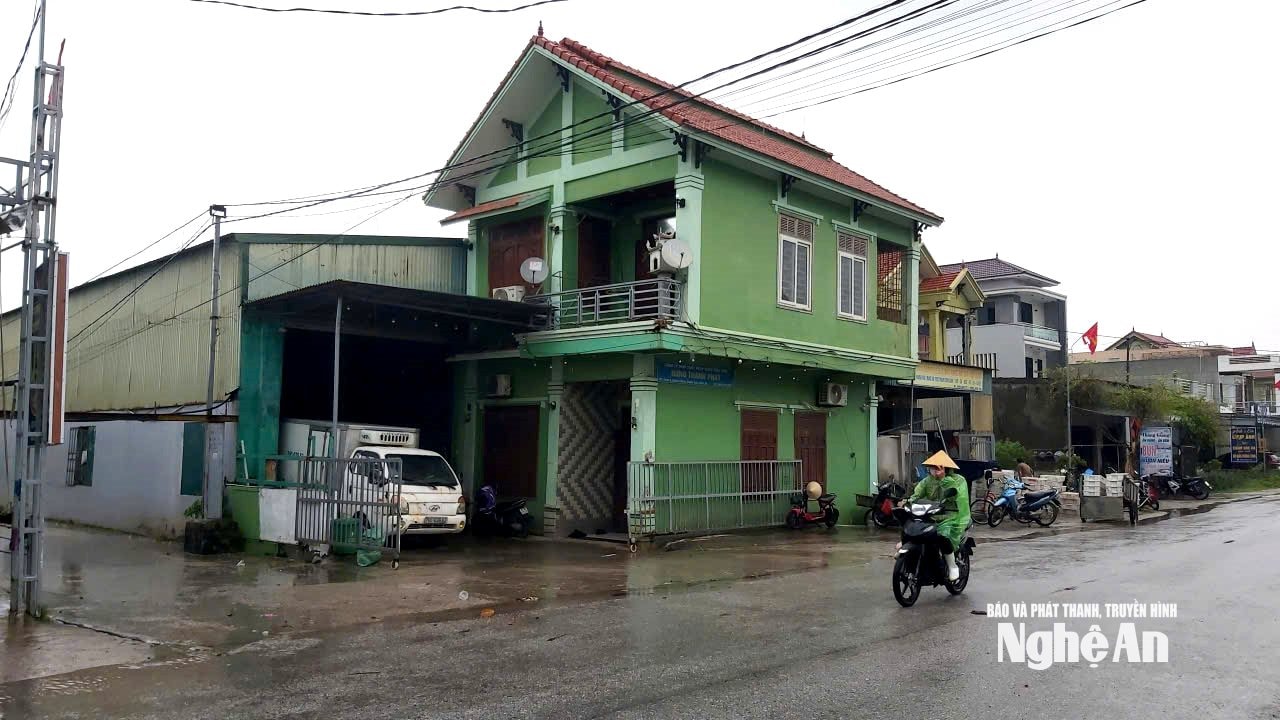
However, continuously from the end of August until now, due to the impact of storms No. 5, No. 9 and No. 10, power outages lasting many hours and many days have caused facilities to be unable to maintain normal operation of the production line.
Mr. Tran Van Ha - owner of a seafood processing and freezing facility in Quynh Phu commune (former Quynh Luu district) said: The biggest concern in the seafood purchasing and freezing business is the prolonged power outage, which will affect the quality of the seafood. Even if there is a solution, the cost will be very high. "The impact of the recent storms No. 9 and No. 10, the power outage has affected all 3 freezing warehouses. The temperature cannot be maintained at a deep negative level, the goods are easily spoiled, many batches of squid and fish have shown signs of deterioration," Mr. Ha said.
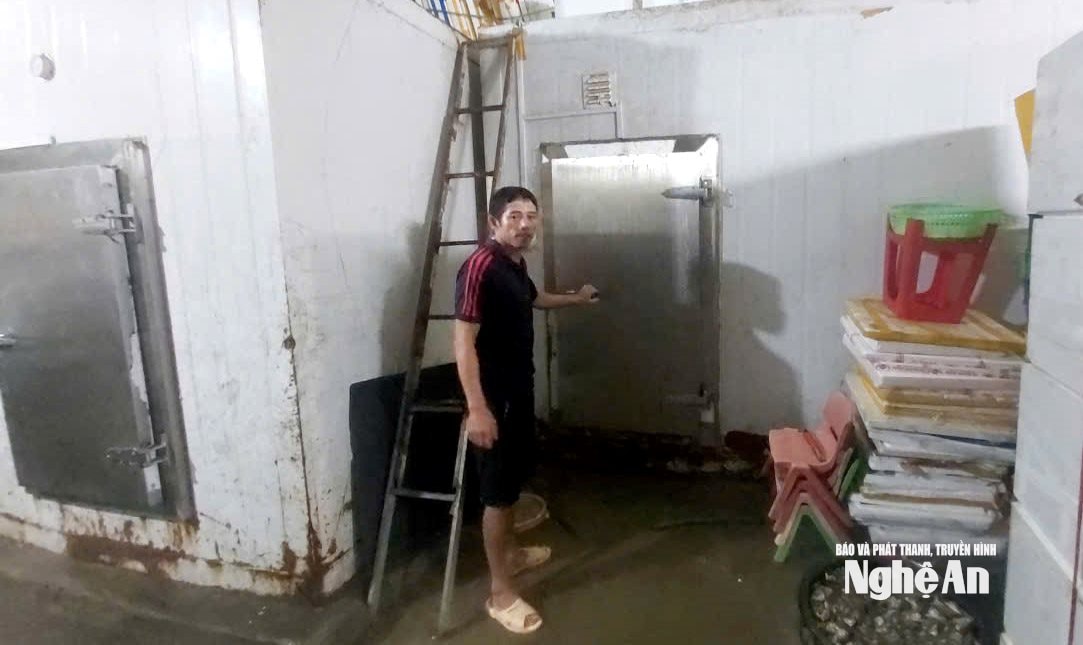
According to Mr. Ha, to ensure quality, the cold storage must maintain a temperature of -35°C when freezing and -18°C when preserving seafood. Otherwise, the seafood, especially boiled squid, will change color, the commercial value will decrease to only about 30%, and it will not even be able to be consumed and will have to be sold to fishmeal processing facilities.
Not only Mr. Ha, many other establishments are also facing the same situation. Power outages cause goods to be stuck, and delivery plans to export partners are behind schedule.
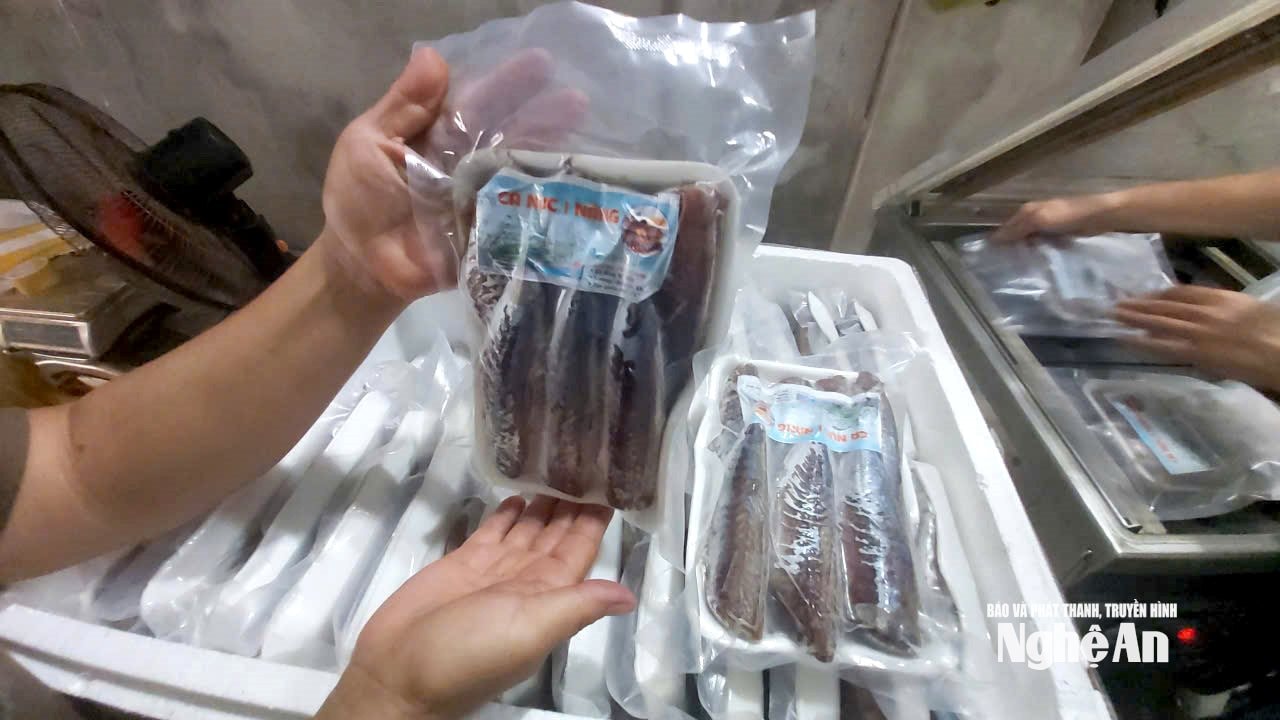
Mr. Le Hoi Hung in Tan Mai ward said that his family has 3 seafood freezing facilities, with a capacity of over 15 tons/warehouse. Every month, seafood is transported to domestic and foreign markets.
During the power outage caused by storm No. 10, not only was the supply of goods not guaranteed for customers, but the quality of frozen seafood also significantly decreased, because the temperature in the warehouse could not be kept stable, but increased to positive temperatures. It is estimated that during this power outage, Mr. Hung's family will have about 30 tons of seafood with reduced quality.
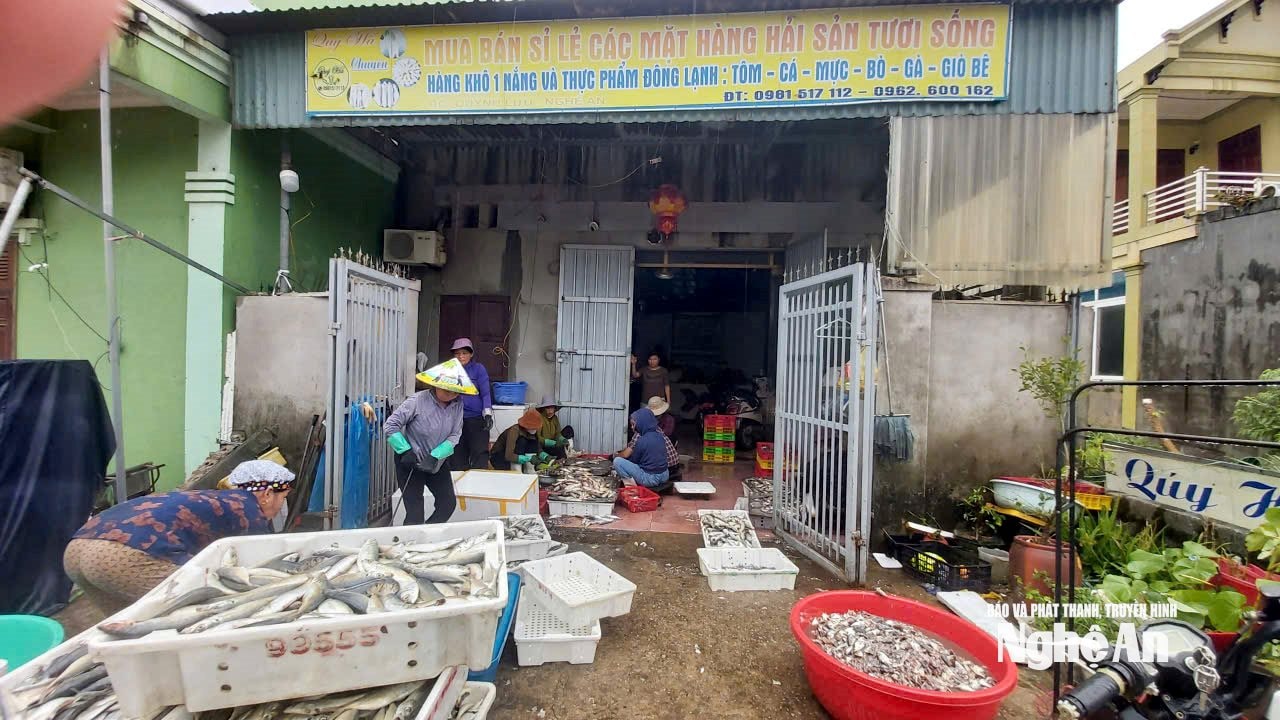
Long-term power outages not only damage freezing facilities, but also directly impact workers. Seafood processing plants often employ dozens to hundreds of workers. When production stagnates, workers are forced to quit their jobs and their incomes decrease.
Ms. Nguyen Thi Hoa - a worker at a freezing facility in Tan Mai ward shared: "Due to the continuous power outages these past few days, we have been forced to take time off work. Our wages are calculated based on the product, so we have suffered a lot."
Situational solution
In response, many facilities have been forced to rent or purchase high-capacity generators to maintain freezing operations. However, this solution is only temporary and extremely expensive.
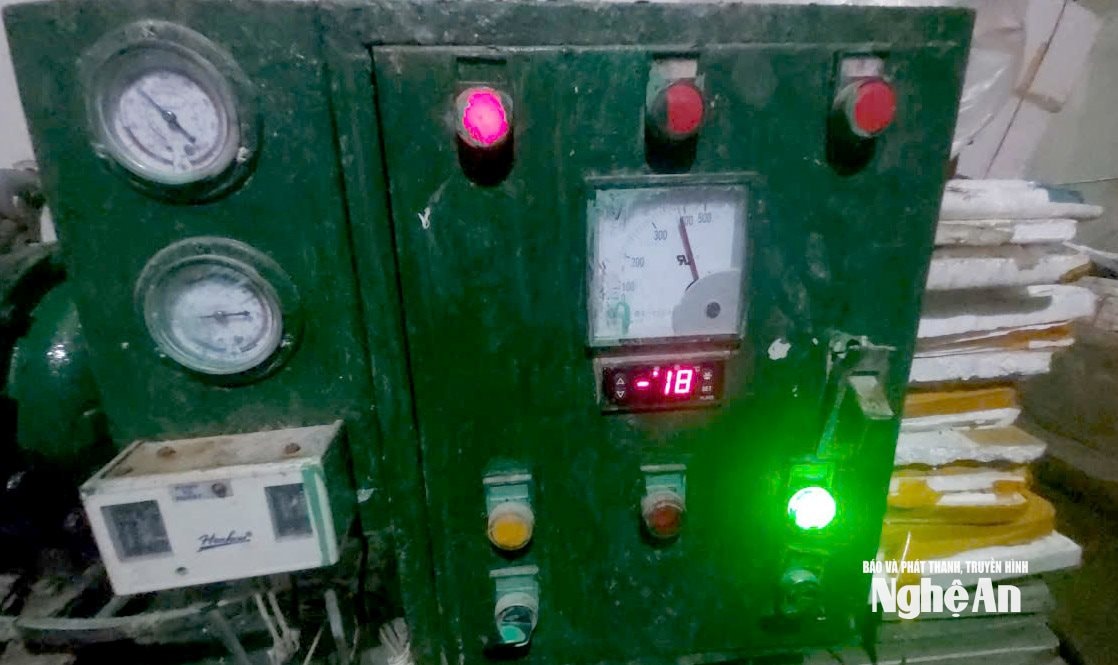
Mr. Phan Lam and his wife - the owner of a cold storage in Dien Chau commune, said that after the recent storm No. 10, his family rented a large capacity generator to provide electricity for the freezer. However, calculations show that the cost is very high, running the generator consumes hundreds of liters of oil per day, the cost is 3-4 times higher than the normal electricity bill. For large-scale facilities, fuel costs can be up to tens of millions of VND per day. If the power outage lasts for a long time, the freezer facilities will have difficulty surviving.
Mr. Le Hoi Hung in Tan Mai ward said that due to economic conditions, he could not buy a large capacity generator and rent one. Therefore, when the power outage lasts for many hours or many consecutive days, the only solution is to absolutely not open the warehouse door, in order to keep the cold in the warehouse longer. However, if the power outage lasts for 2 days, the warehouse can still maintain a certain cold temperature, but on the 3rd day, the quality of the seafood will be affected because the temperature in the warehouse increases. In case the seafood is degraded and cannot be used as food, it is acceptable to sell the seafood cheaply to fish meal grinding facilities.
In addition, the continuous operation of generators poses risks of occupational safety, environmental pollution and reduced equipment life. Therefore, facility owners hope that the Electricity industry will soon have a solution to ensure a stable supply.
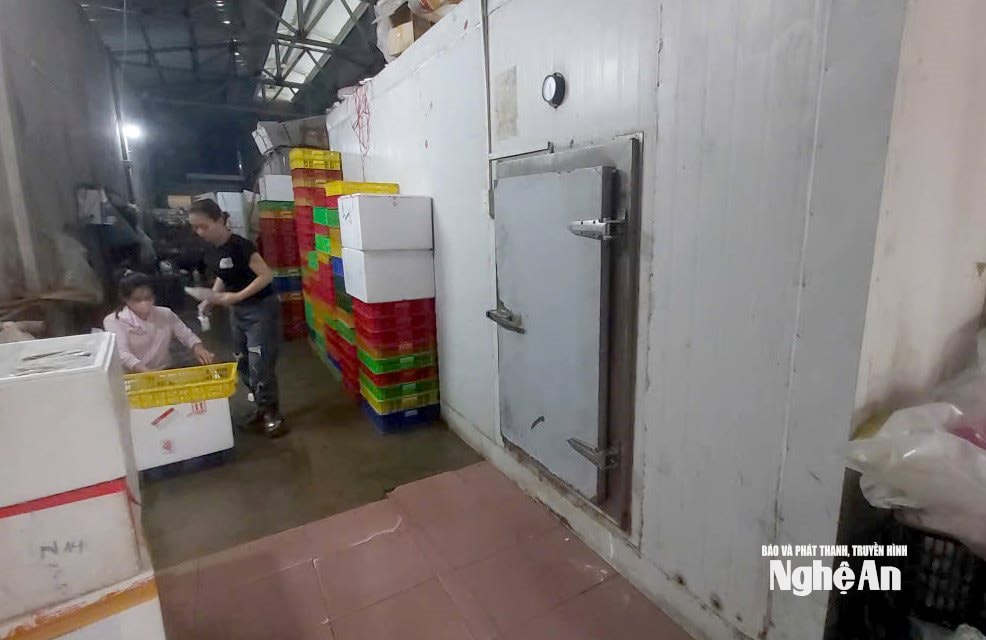
Currently, in Nghe An, there are more than 200 seafood freezing facilities, spread across coastal communes, with reserves of tens of thousands of tons. This is a favorable condition for fishermen to consume fresh seafood caught all year round.

.jpg)
.jpg)

-2620a890ce94f6bbc9a207f42b445e93.jpg)
